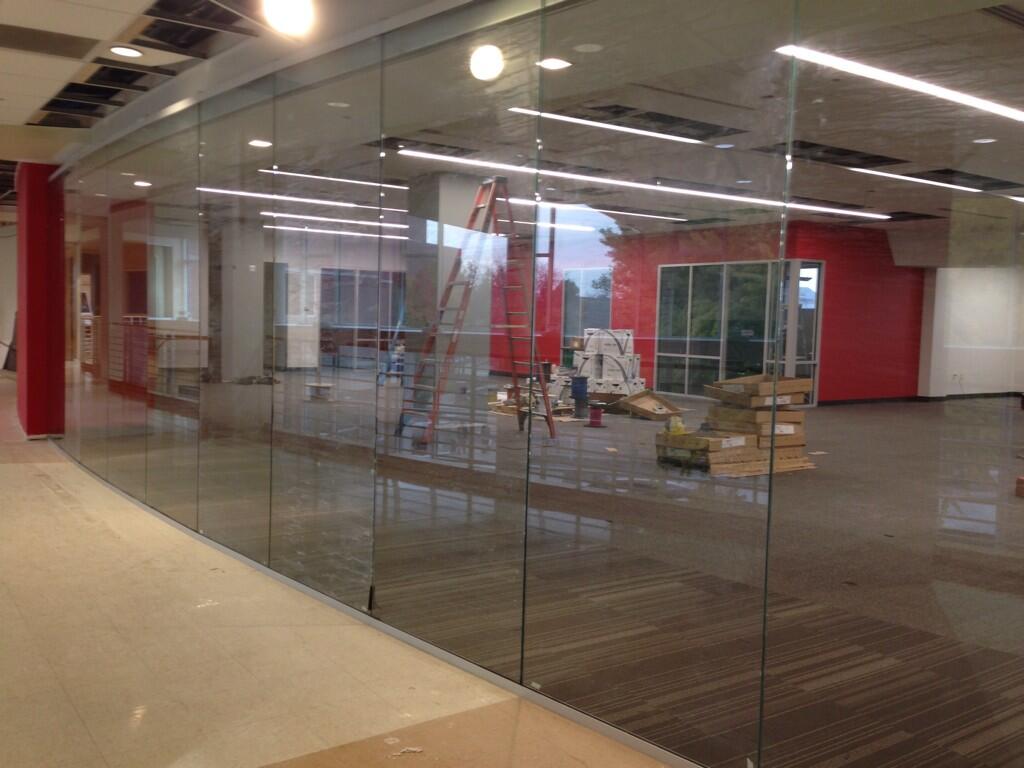This infographic, was commissioned by do box a platform for managing all the messaging activities that go on in email boxes and helps us manage all our messages.
mobile (2)
The Ball State Daily News just worked with other student media organizations to relaunch BallStateDaily.com.
The site is now responsive and works well on mobile devices and tablets, instead of just desktops.
I'm using this new website as an opportunity to pursue my love of data and analytics.
Disclaimer, the relaunch just took place Oct. 16, so any trends or patterns I may think I see from these few weeks following may not be indicative of our overall successes or failures.
But here's what I know:
• For a month prior to to Oct. 16, mobile visits daily accounted for only 0.2 percent of the total. On Oct. 16, mobile visits jumped. They have since accounted for about 34 percent of our daily visits. This jump seems drastic to me, so I have emailed our support folks to see if any other variables may account for the increase.
UPDATE: I learned that because our former website host redirected mobile to a separate website, they had not been collecting data for mobile accurately.
• Between Jan. 1 and Oct. 15, 70 percent of page visits lasted 0-10 seconds. After, about 60 percent stay 0-10 seconds. Conversely, the number of visits lasting 11 seconds or longer has increased.
• Twitter typically has accounted for about a third of our web traffic. With recent breaking news, however, there have been days it has contributed more than half of our overall daily visits. (Side note: We are currently working to cultivate our social media presence. Being a free service to the students, it is crucial that we continue to expand our reach and target students on services they are using most often. We do not want to become an unused app on someone's home screen – we want to actively participate in and engage with students' lives.)
• Not surprisingly, our tablet numbers are staying relatively stagnant. Daily visits were 8 percent from Jan. 1 to Oct. 15, and after have remained at about 5 percent. Ball State has studio that creates digital publications for tablets, and they have found that publications geared toward students have very few downloads. Furthermore, a 2013 survey by Ball State associate professor Michael Hanley shows about 68.3 percent of the student body do not even own tablets. You can't target a demographic that doesn't exist.
So those are the basics. I know I cannot use the statistics from Oct. 16 to present to inform my long-term plans. I have, though, been experimenting with this knowledge on a day-to-day basis, using trending stories and engagement numbers to generate story ideas and manage presentation.
I've always called The Daily News a sort of journalism playground. Analytics help me play.
Tangents
• Next semester, I'm enrolling in a class that produces a tablet publication, 72HRS. It functions as a weekend supplement to The Daily News. Because people are producing the content specifically for tablets, the content lends itself to interactivity. I am focusing my time in the class on producing this content for ballstatedaily.com, integrating audio, video, photos and interactives so they can supplement each other seamlessly. Or at least, that's the goal.
• As I've mentioned in prior notes about Ball State's Unified Student Media organization, the university's student media organizations have slowly but surely been working together to create a media group. As a part of this, the university is creating a massive, digital-focused newsroom that will be complete in December. They took the walls around it down this week.
Tweet from @BSUCCIM
Ball State consistently dedicates its best real estate to students. Name one other university doing the same. pic.twitter.com/WqTwKEjLFC
• I met Michael Rogers, the former New York Times futurist-in-residence, when he visited Ball State last week. His lecture, Q&A and my discussion with him after were all extremely motivational. That may also become its own blog post, soon.
• There are not enough hours in the day.
